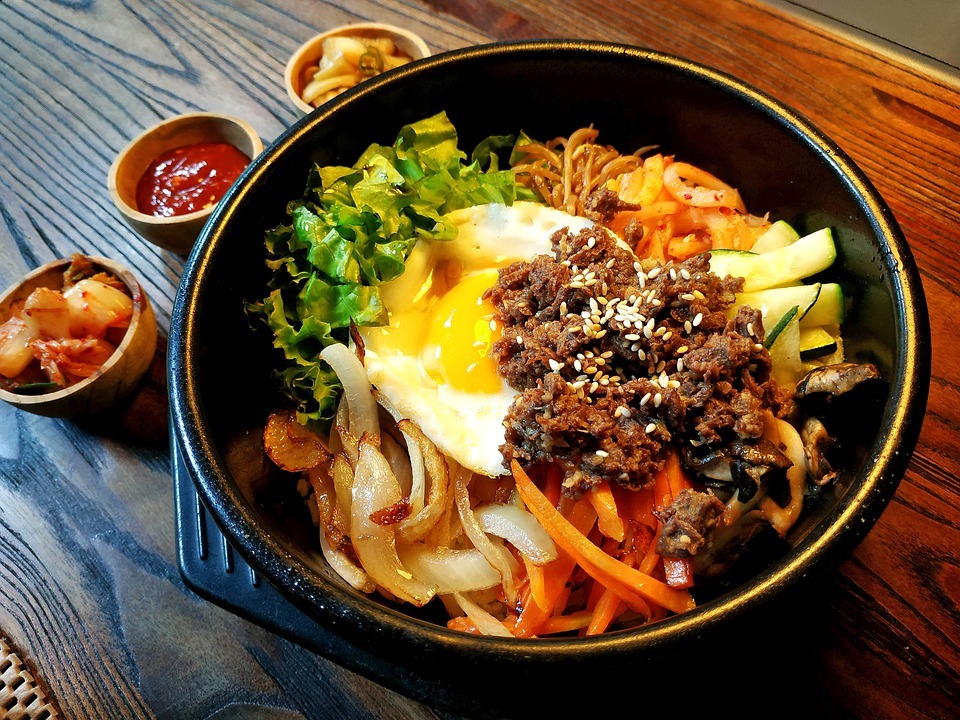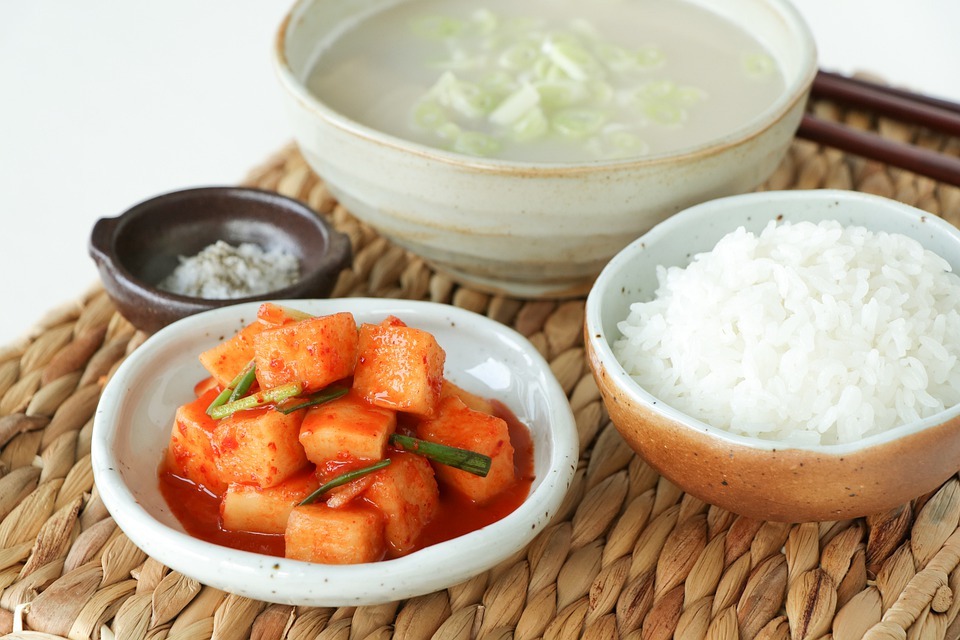Korean cuisine is diverse, as one can find many different ingredients used to make some of the best Korean dishes. Besides the ingredients, the diversity of Korean cuisine can also be found in the different cooking methods utilized to create spicy, sweet, and savory dishes. Despite being diverse, there are not a lot of people that can actually describe what makes Korean cuisine different from any type of cuisine. The uniqueness of Korean cuisine can be attributed to the influence of Korea’s geography, climate, and even culture. To know more about what makes Korean cuisine unique, here are some characteristics of Korean food culture.
Geography
It has been known that the land of Korea was once used by China as a bridge to get to Japan, and because of this, Korea has adopted many of the cultures, ingredients, and cooking styles that have originated from both Japan and China. In addition, since the Korean Peninsula is mainly surrounded by water except for its northern regions that connect to China, Korea has been regarded as a fishing country, hence the reason why there are many fish-based dishes in the country.
However, Korea is also known for having many vegetable dishes, which are brought by the fertile plains where farming is suitable. The fertile lands of the country are mainly developed by Korea’s major rivers (Geum River, Nakdong River, Han River, etc.) that flow westward in the western region. But, the other regions of Korea are mainly comprised of mountainous terrain, which is also suitable for growing a variety of vegetables. Because of the diversity of Korea’s geography, each region in the country would have its unique regional cuisine. Unfortunately, some of the regional dishes that were created in the past became unpopular in the modern era, although there are still a few of those that survived to this day because of their unique flavor and their popularity amongst locals.
Climate
Much like in the United States, Korea has four seasons (spring, summer, fall, and winter), which allows the country to grow or cultivate seasonal ingredients that make their cuisine much more diverse. While rice is the main ingredient used in the country, it can only be grown during specific seasons of the year. However, farmers would often move to grow subsidiary ingredients, like wheat, barley, and beans, in order to get sufficient harvest and income.
Because of the country’s harsh weather conditions, specifically during the winter season, ancient Koreans have utilized food fermentation in order to keep their food stocks edible when they can’t grow vegetables or other ingredients in the land. The fermentation of food eventually led to the creation of the spicy variant of kimchi, which has become the most popular dish in Korea. Interestingly, even though the popular Korean dishes today were spicy, some of the earlier variants of kimchi were not actually spicy. It was only during the era of the spice trade between Europe, Asia, and Africa that Koreans were introduced to the red chili pepper, an ingredient that will become a staple in Korean cuisine.
Food as Medicine
Korean food culture sees their different dishes to have medicinal properties, hence the reason why many Korean foods are considered to be healthy for the body. Many of the ingredients used to make Korean dishes are regarded as staples of traditional Chinese medicine, such as honey, ginseng, and ginger. The vegetables that are abundant in most Korean dishes also contribute to the healthiness of the cuisine.
On the other, the term “food as medicine” does not necessarily point out Korean food’s medicinal properties since there are dishes and food items in the country that are not really beneficial to one’s health, like rice cake and soju. But the term is usually utilized to note that Koreans look at all food to be “medicine” since it nourishes the body and gives people energy.
Most Koreans would also say that breakfast is more important than lunch and dinner, as it is the time of the day where most people would need to get their energy in order to go work or study with proficiency. As such, many dishes in Korea are often and can be served during breakfast, and breakfast meals are usually the heaviest for the day. The importance of breakfast in Korea may have stemmed from the country being an agricultural society in the past, where most people were farmers that would usually eat a hearty breakfast meal before going to work early in the morning.
From reading this article, one can see that Korean cuisine’s diversity is influenced by many geographical, climatic, and cultural characteristics in the country. Because of the diverse cuisine, it isn’t easy even for Koreans to enumerate all the dishes that their country has due to the variety of regional cuisines that have been developed from the past and until today. So, you can say that one lifetime wouldn’t be enough to taste all the unique dishes that Korea has to offer.

